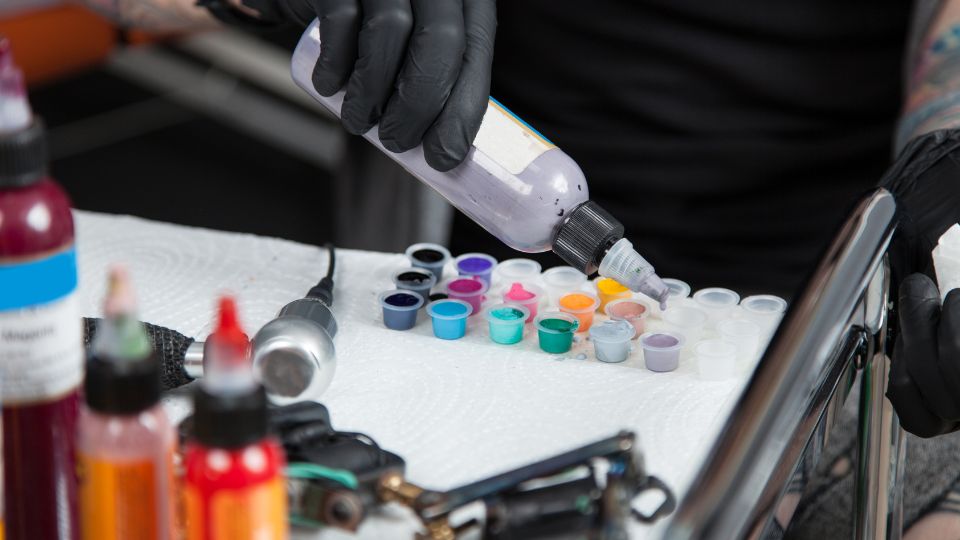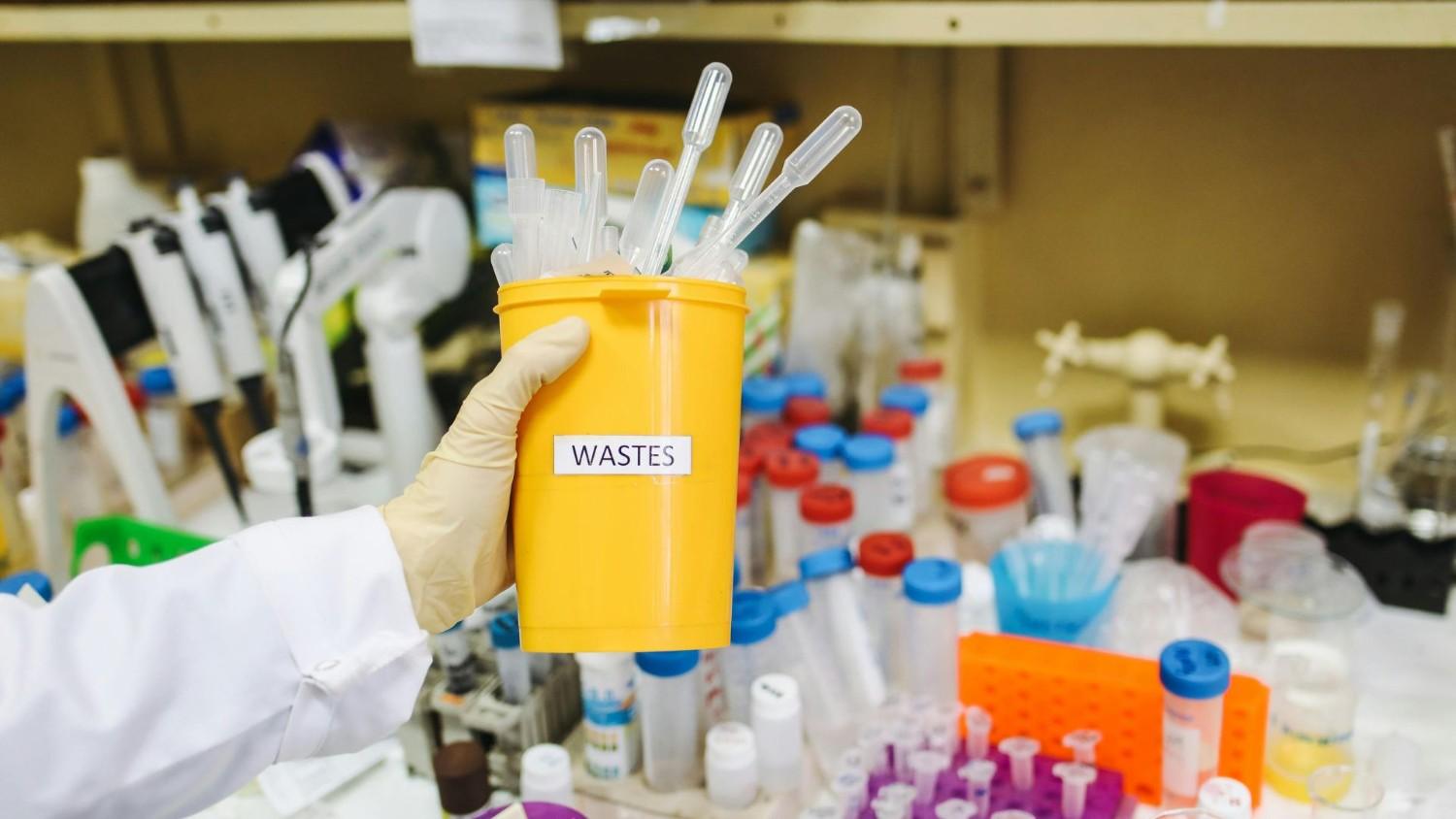
In laboratories across the UK, safe and proper waste disposal is a crucial responsibility for all researchers.
Legal regulations prohibit irresponsible practices like pouring chemicals down drains, giving them to local authorities for standard general waste rubbish collection, or releasing them into the air.
Here are helpful guidelines on disposing of most chemicals & materials correctly.
Table of Contents
- What constitutes laboratory waste?
- Why Should Laboratories Be Concerned about Waste Management?
- New Rules, Stricter Controls
- Drain Disposal (Allowed)
- Incineration (Solvent Waste Collection)
- Laboratory Bins and Controlled Waste
- Emptying and Maintaining Controlled Waste Containers
- Special Waste Disposal
- Special Waste Collection Tips
- Immediate Disposal is Key
- Glass Recycling
- Bulk Solvent Bottles
- Empty Winchester Bottles
- Biohazard/Sharps Disposal – Syringes and Needles
- What regulations and guidelines govern laboratory waste management?
- How can laboratories ensure compliance with waste management regulations?
- How can laboratories minimise waste generation?
- What are the consequences of improper laboratory waste disposal?
- Conclusion
What constitutes laboratory waste?
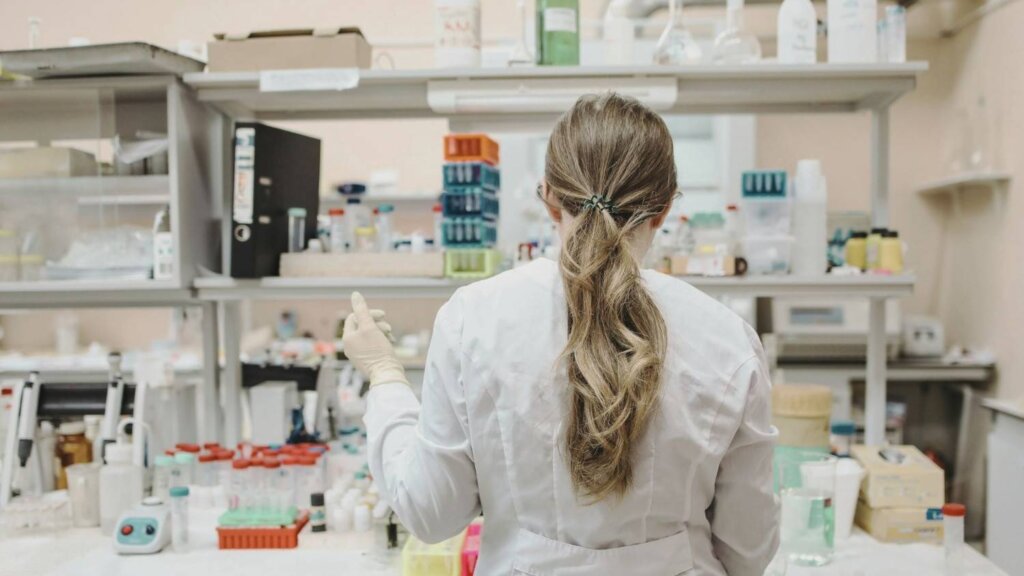
Laboratory waste includes a wide range of materials, including chemicals, biological substances, contaminated glassware, disposable items, and more.
It can be categorised into the following:
- chemical waste
- biological waste
- radioactive waste
Each type requires specific handling and disposal methods to prevent environmental pollution and safeguard public safety.
Why Should Laboratories Be Concerned about Waste Management?
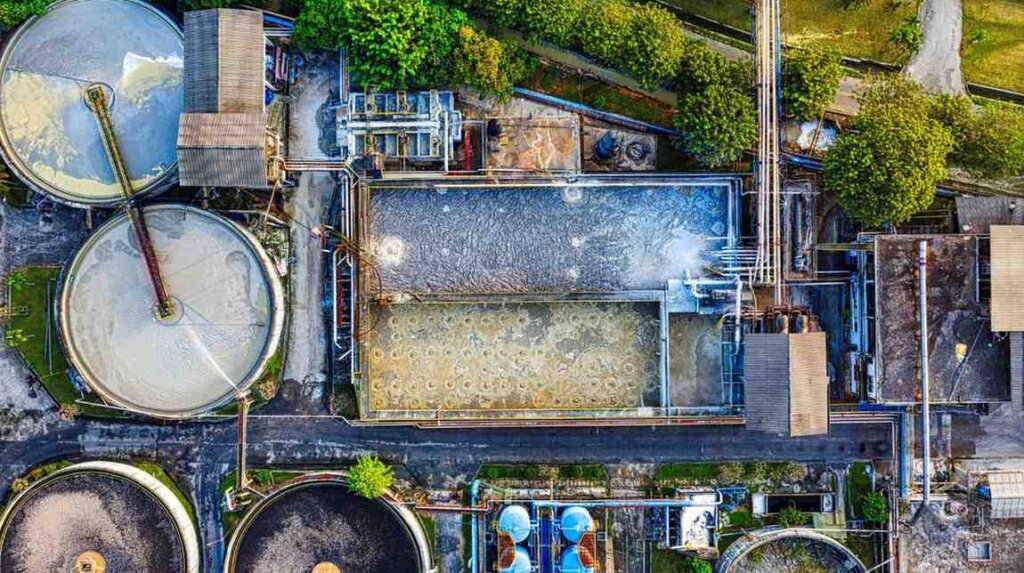
Effective waste management is crucial for laboratories due to the potential risks associated with improper disposal.
Many chemicals and biological waste materials used in laboratories can be harmful, flammable, or reactive.
Inadequate waste management practices can result in soil, water, or air pollution, as well as contribute to the spread of diseases.
Compliance with waste management regulations is not only a legal requirement but also essential for maintaining a safe working environment.
New Rules, Stricter Controls
Recent legislation has tightened environmental controls and disposal costs.
Therefore, it’s essential to follow these disposal procedures strictly.
Drain Disposal (Allowed)
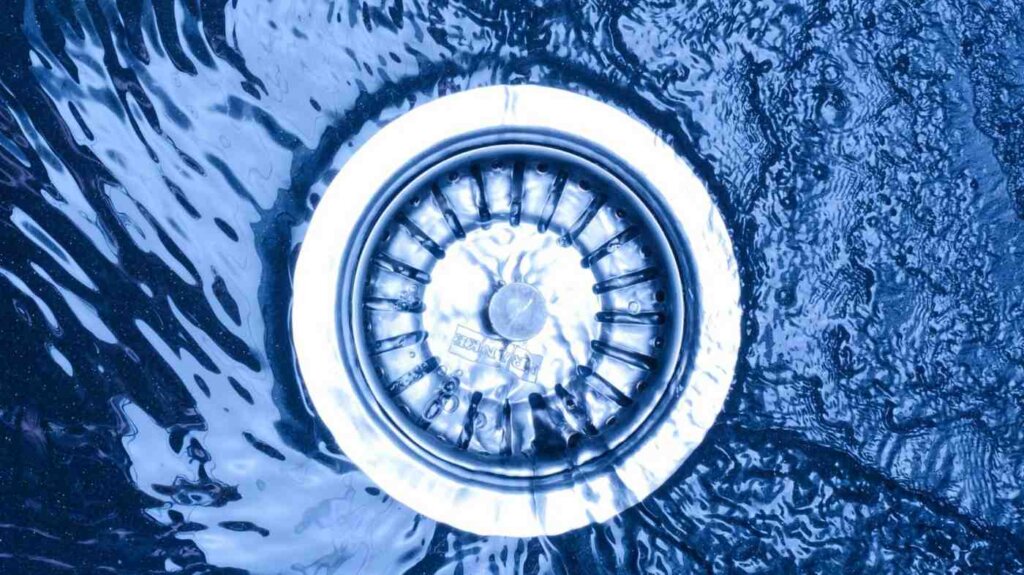
Certain solvents & chemicals can be poured down the drain with running water.
- Dilute or concentrated acids and alkalis
- Harmless, soluble inorganic salts (drying agents like calcium chloride, magnesium sulfate, sodium sulfate, and phosphorus pentoxide)
- Alcohols containing salts (e.g., from destroying sodium)
- Hypochlorite solutions used to eliminate cyanides, phosphines, etc.
- Fine-grade silica and alumina (TLC grade)
Important Note: Absolutely no materials on the “Red List” should ever enter drains.
The ‘Red List’ includes:
- Compounds containing these elements: antimony, arsenic, barium, beryllium, boron, cadmium, chromium, cobalt, copper, lead, mercury, molybdenum, nickel, selenium, silver, tellurium, thallium, tin, titanium, uranium, vanadium, and zinc
- Organohalogen, organophosphorus, or organonitrogen pesticides, triazine herbicides, and other biocides
- Cyanides
- Mineral oils and hydrocarbons
- Poisonous organosilicon compounds, metal phosphides, and phosphorus element
- Fluorides and nitrites
Incineration (Solvent Waste Collection)
- All organic solvents, including water-miscible ones
- Soluble organic waste, including most organic solids
- Paraffin and mineral oil (from oil baths and pumps)
Laboratory Bins and Controlled Waste
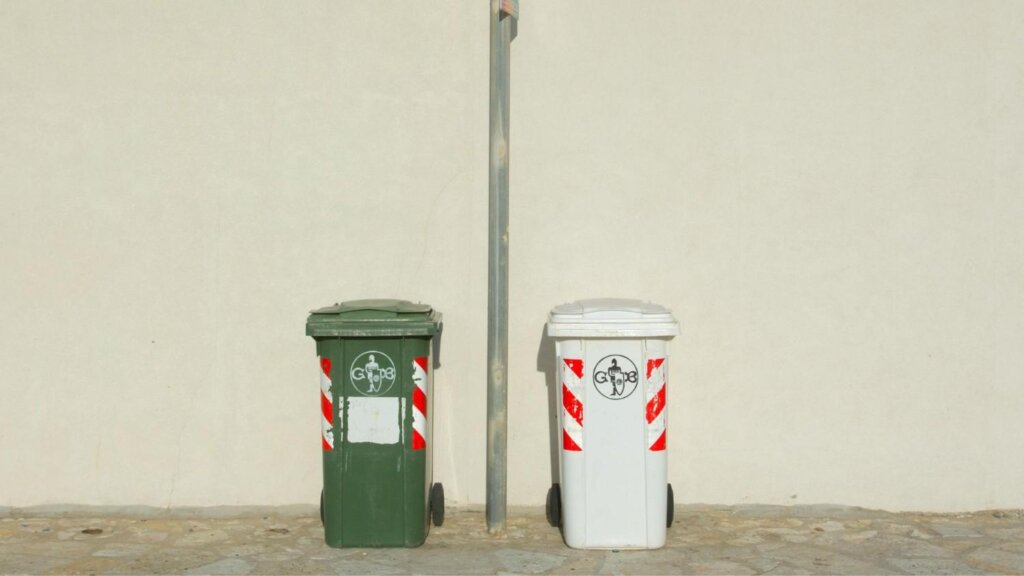
Anything suitable for standard council rubbish collection, except recyclable paper and glass, falls under “controlled waste.”
This category includes dirty paper, plastic, rubber, and wood.
These items typically go in lab bins for collection by cleaners.
However, each lab must also have a separate container for specific items not allowed in regular bins.
This special controlled waste container should hold:
- All broken lab glassware
- Any sharp objects made of metal or glass
- All fine powders (preferably in a sealed bottle or jar)
- Dirty sample tubes or other items lightly contaminated with chemicals (excluding syringes and needles)
Emptying and Maintaining Controlled Waste Containers
- Empty lab-controlled waste containers regularly to avoid overflow.
- Never put glass, sharp metal, or fine powder in regular lab bins.
- Remove bottle tops before disposal, and ensure no chemical odours are detectable.
Special Waste Disposal
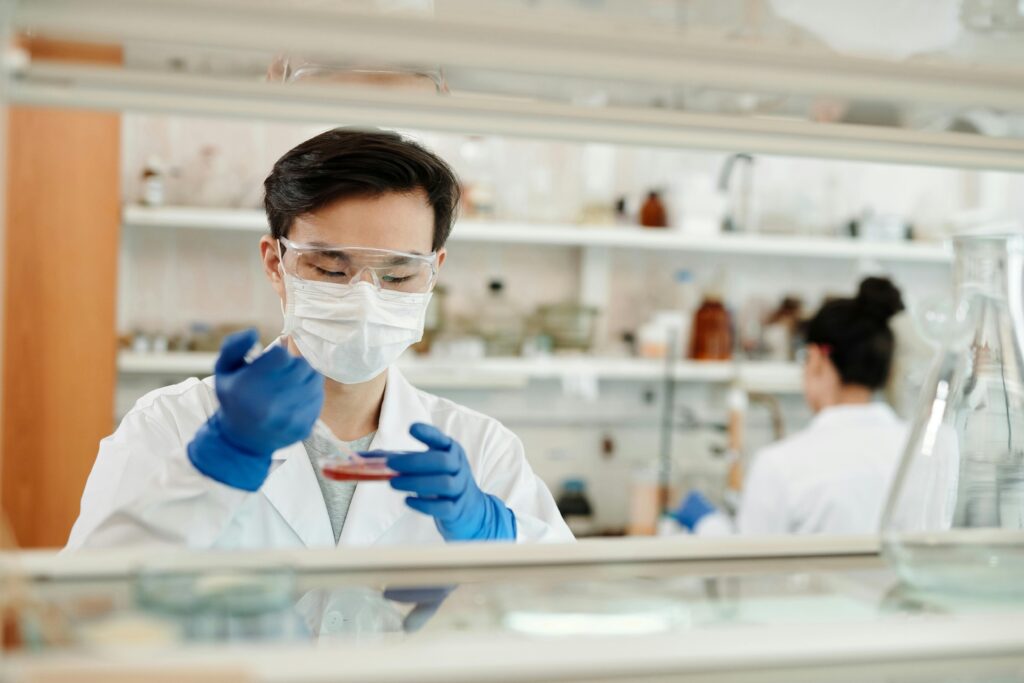
This method is expensive and inconvenient, so reducing the amount of special waste generated is advised.
Only dispose of the following items this way:
- Schedule 1 poisons (excluding cyanides) and other highly toxic chemicals
- Materials heavily contaminated with substances in point (i) above
- Materials contaminated with mercury
- Carcinogenic solids like asbestos
Special Waste Collection Tips
- Collect special waste in a separate, labelled bottle or jar for disposal.
- Never mix different types of special waste.
Immediate Disposal is Key
It’s crucial to handle special waste for disposal immediately upon filling the container or finishing the work.
Stockpiling hazardous waste in labs is strictly forbidden.
Glass Recycling
Glass recycling is encouraged for environmental reasons, but only specific lab glass waste is acceptable. Each lab should have a designated bin for recyclable glass.
This bin should only contain clean glass bottles (like those used for receiving chemicals) and broken or waste plate glass.
All broken lab glassware, heavily contaminated items, sample tubes, droppers, and glass wool must be disposed of as controlled waste.
The recycling service will reject bins containing any prohibited items.
Bulk Solvent Bottles
It’s vital to return specially labelled winchesters for bulk solvents directly to the Store for refilling.
These containers must not be contaminated and typically shouldn’t be washed.
Bottles that previously held sodium must never be returned to the Store.
When sodium is first added to a solvent bottle, a designated label (available from the Store) should be attached.
Upon emptying the bottle, safely destroy the sodium with ethanol or methylated spirit and remove the label.
Wash, dry, and return the bottle to the Store for refilling.
Empty Winchester Bottles
Empty winchesters can be reused, for example, to dispose of waste solvents.
However, if they contained corrosive or harmful chemicals (like concentrated acid or ammonia), rinse them thoroughly with water first.
Biohazard/Sharps Disposal – Syringes and Needles
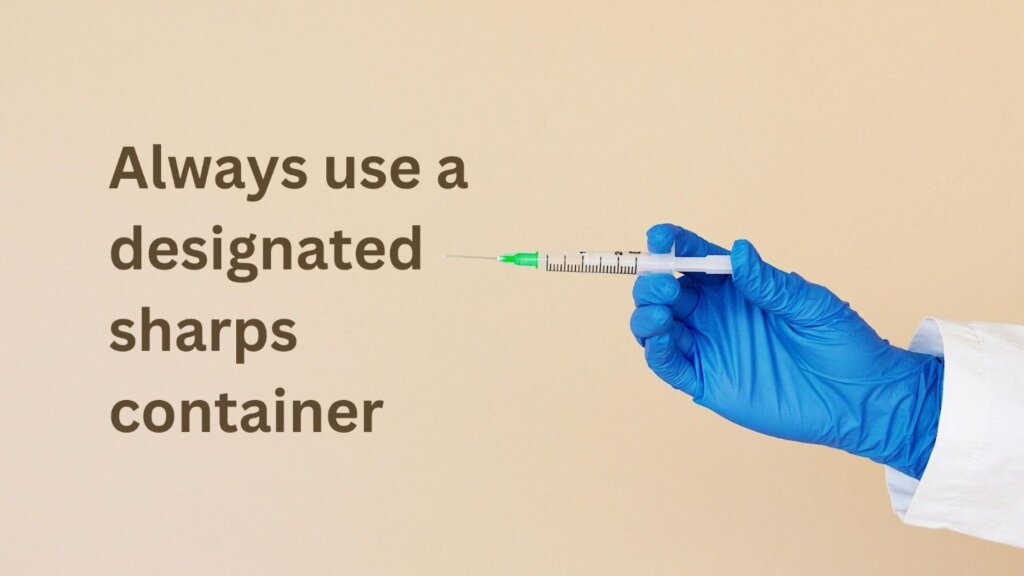
“Sharps” contaminated with biological hazards must be collected in specific containers for incineration.
Additionally, at the request of local councils, all syringes and needles, regardless of type, should be disposed of this way.
Never dispose of syringes or needles in regular lab bins or controlled waste containers.
Laboratories often use autoclaves to sterilise these materials before disposal.
Autoclaves are crucial in ensuring compliance with waste management regulations, as they mitigate risks associated with infectious materials and maintain a safe laboratory environment.
Always ensure that autoclaved waste is segregated and disposed of according to local regulations to prevent environmental contamination and ensure safety.
Important Note: This incineration method shouldn’t be used for Pasteur pipettes or other sharp objects unless they are contaminated with biohazardous materials.
What regulations and guidelines govern laboratory waste management?
In the United Kingdom, laboratory waste management is subject to various regulations and guidelines.
The key legislation includes the Control of Substances Hazardous to Health (COSHH) Regulations, Environmental Protection Act, Hazardous Waste Regulations, and Radioactive Substances Act.
Additionally, guidelines from bodies such as the Health and Safety Executive (HSE) and the Environment Agency offer detailed instructions on biological and chemical waste segregation, storage, and disposal.
How can laboratories ensure compliance with waste management regulations?
To ensure compliance, laboratories must implement proper waste management practices. This includes segregating different waste types such as biological waste and chemical waste, labelling containers correctly, and employing appropriate storage solutions.
Hazardous waste often necessitates special treatment or disposal methods such as chemical neutralisation, incineration, or secure containment.
Non-hazardous waste can sometimes be recycled or disposed of through regular waste management systems.
How can laboratories minimise waste generation?
Minimising waste generation is an essential aspect of responsible laboratory waste management.
Laboratories can adopt various strategies, such as optimising experimental protocols to reduce the consumption of hazardous materials, implementing green chemistry principles, promoting the reuse of equipment and materials, and exploring alternative methods or technologies that generate less waste.
Effective inventory management and storage practices also help prevent biological waste due to expiration or deterioration.
What are the consequences of improper laboratory waste disposal?
Improper disposal of laboratory waste can have severe consequences.
It can contaminate soil, water bodies, and groundwater, leading to environmental damage and posing health risks to humans and wildlife.
Inadequate disposal methods may result in the release of toxic chemicals, pathogens, or radioactive substances, causing long-term pollution or accidents.
Furthermore, laboratories found to be in violation of waste management regulations can face legal and regulatory penalties.
Conclusion
Safe and responsible waste disposal is a fundamental aspect of working in any laboratory environment. By following these guidelines and adhering to current legislation, researchers can help protect themselves, their colleagues, and the environment from potential harm.
If you have any uncertainties regarding the disposal of a specific material, always consult the School Safety Coordinator or refer to the latest regulations and safety data sheets (SDS) for the chemical in question.
Remember, reducing waste generation whenever possible is an excellent practice to reduce disposal needs and associated costs.

